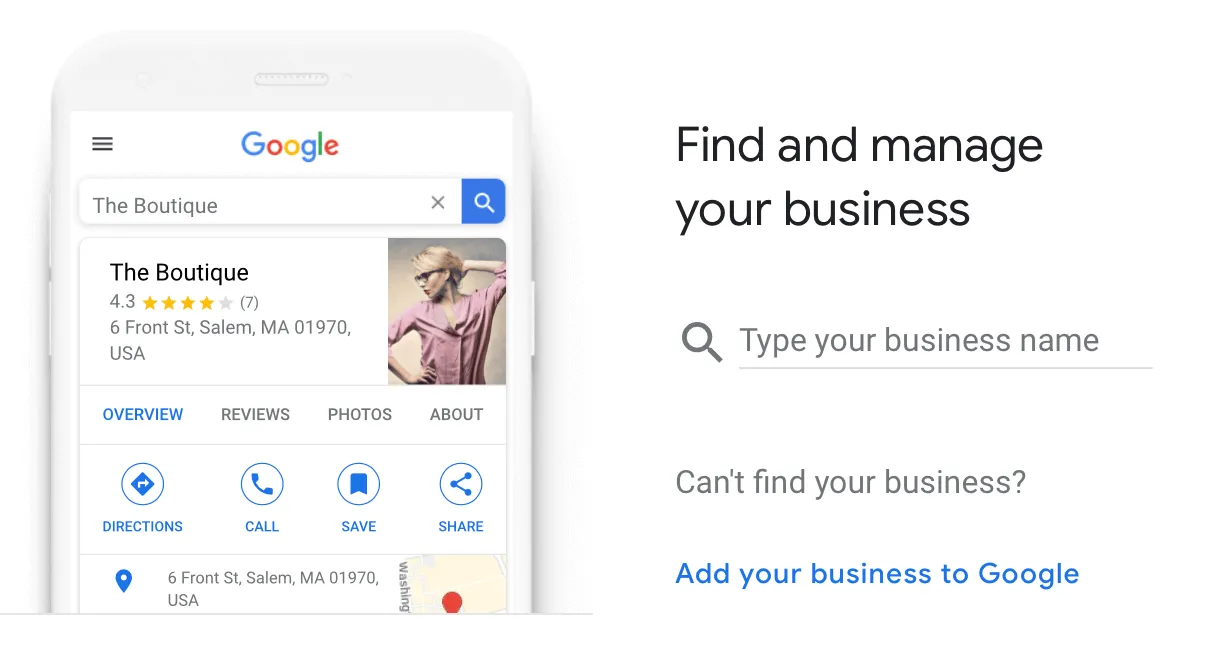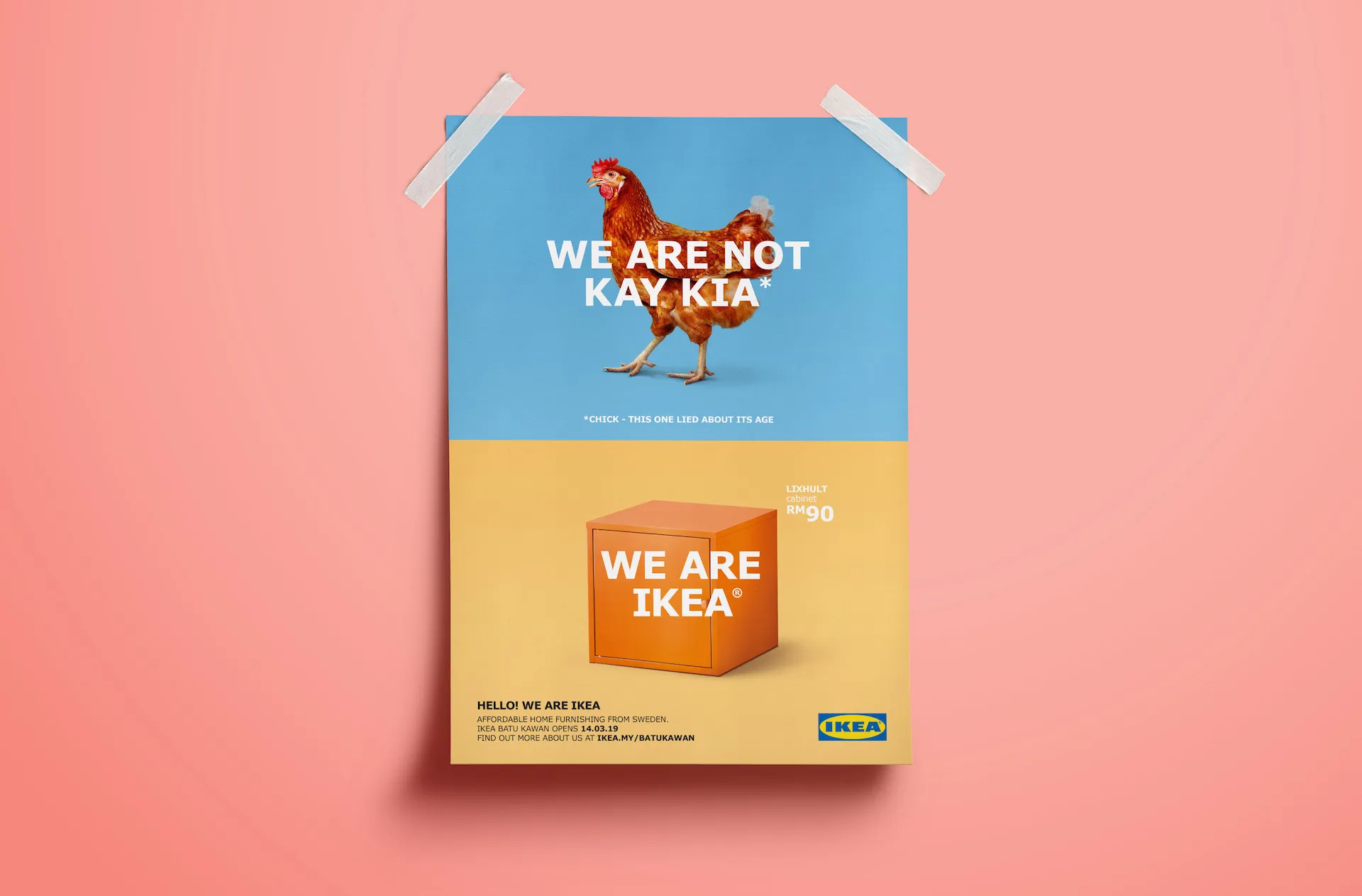Marketers face a dilemma: standardize their marketing message for all markets or localize it for each market? Standardizing is easier, but localizing is more advantageous.
Why?
Localization allows you to tailor your marketing message to the specific needs and wants of your target market. This means considering their culture, language, and market conditions.
Localizing your marketing takes work, but it's worth it. It helps you to connect with your customers on a deeper level and build stronger relationships with them.
Marketing localization is more than just translating your marketing materials into another language. It involves a deep understanding of your target market and their culture. That's why we have prepared this guide for you that talks about the top strategies for localized marketing. So, let’s start!
What Is A Localized Marketing Strategy?
A localized marketing strategy is essential for maximizing return on investment (ROI). It is the process of selecting the most appropriate strategies, such as tone, keywords, and brand image, to resonate with your target market and achieve market success while reducing costs.
The most critical component of localized marketing is optimizing your SEO strategy for new markets.
This entails identifying the correct SEO keywords for a given market and adapting them to the market's closest equivalent or creating new keywords tailored to the specific region. The latter option is more expensive, but it ensures that you continue to reap the benefits of SEO, maintain brand consistency, and make your market entry a success, resulting in increased ROI.
Advantages Of Localized Marketing Strategy
-
Reduces barriers to entry: When entering a new market, businesses face various barriers, such as government regulations, limited distribution channels, competition, and lack of brand awareness. Marketing localization helps businesses overcome these barriers by adapting their products, packaging, and branding to the local market. For example, Coca-Cola changed its name to Kekoukele in China, which means "delicious fun" in Chinese. This helped Coca-Cola connect with Chinese consumers and build a positive brand image.
-
Customizes the customer experience: Localization helps businesses understand and cater to the unique needs and preferences of their target market in each region. For example, in developing countries, businesses sell products in smaller packaging to make them more affordable.
-
Breeds cultural respect and appropriation: With localized marketing, businesses become more respectful of the local culture when marketing their products. For example, a brand that uses Christmas-themed promotions in a non-Christian country may not be well-received by the target market.
-
Results in better brand identification: When businesses localize their marketing, they connect with their target market on a deeper level. For example, Coca-Cola is seen as a symbol of American culture in many countries. That's simply because Coca-Cola has integrated American culture into its advertising and marketing campaigns for many years.
-
Hastens local business development: Marketing localization helps businesses develop their local business faster. Businesses create a strong demand for their products and services by understanding the local market and meeting the needs of local consumers.
Strategies For Successful Localized Marketing
Understand & Target Your Audience
To develop a successful localization strategy, you need to understand the market you are entering and your target audience.
Do your research to learn about the countries where you will be doing business. Take into account their culture, values, and consumer habits. You don't want to offend your new target audience with inappropriate messaging or branding.
Working with a local partner helps you gain more accurate, localized insights. They can answer questions like:
- Is there a market for your product or service?
- How much does it cost?
- Who are your main competitors?
- How do people buy in this country?
- Are there any cultural sensitivities you should be aware of?
Pay attention to even the smallest details, such as your brand colors. Some colors or color combinations may be offensive in certain cultures.
Once you understand your audience, you can start to create marketing messages that are relevant and appealing to them. Be sure to take feedback from within the country very seriously.
Need help to understand your audience sentiment at scale? Give a try to Statusbrew's AI sentiment detection feature that accurately and automatically detects the sentiment of all conversations received through review platforms. Plot the sentiment on an easy-to-visualize graph to understand your audience's sentiment at scale.
Manage & Claim Your Google My Business Listing
Google My Business listings are another important part of a successful localization strategy. GMB listings help your business appear in Google Maps and Google Search results. This is a great way to get found by potential customers in your area.
To create a GMB listing, go to the Google My Business website and follow the instructions. Be sure to include all of the important information about your business, such as your address, phone number, website, and hours of operation.

Optimize Your Website For Local Keywords
If you want to target customers in large cities and their suburbs, create location-specific pages and blog posts that focus on more general, regional keywords. For example, if your business is located on Main Street in a large city, you wouldn't just target people who live on Main Street. You would target the entire region because that's where your customers are coming from.
Create long-tail keywords. With the rise of mobile usage and voice search, people are using more natural-sounding phrases when they search. Type in a keyword or phrase that you want people to find you with, such as a product name or the type of business you have, along with a hyper-local keyword. Google will suggest some phrases that you can use.
If you search for "best restaurants in San Francisco," Google will suggest keywords and phrases such as "cheap restaurants in San Francisco," "family-friendly restaurants in San Francisco," and "outdoor restaurants in San Francisco." You can use these related SERP suggestions to find descriptive keywords that will make your business look more attractive to potential customers.

If you want accurate data about which keywords people use to find your business, get it from Statusbrew's advanced reporting feature. Also, analyze the percentage increase and dip in usage of a particular keyword over a selected period of time.

Get Involved In The Local Community
People and businesses are proud of the communities where they live and work. When you support your community, they are more likely to support you.
Get involved in local nonprofits, sports teams, school events, county fairs, and expositions. If you can't attend an event, sponsor one to raise awareness of your business.
Create separate landing pages for each of your local business locations. This will help with localization, and your content strategy will also get space to incorporate cultural aspects.
Each page should include your location address, directions, and store hours.
For example, a real estate agent in Nashville, Tennessee, should not just say on their website that they are a "real estate agent." Instead, using the keyword phrase "top real estate agent in Nashville" tells search engines where the agent is located and helps them provide local results. It also helps you analyze how people search for real estate agents in a particular location; they want "the best" or "leading" real estate agents, not just anyone.

Make Sure Your Website Is Mobile-Friendly & Optimized For Local Search
Mobile-friendly websites are essential for attracting new customers, especially local ones. They load quickly and are easy to browse on mobile devices.
Local SEO is the process of optimizing your website to rank for terms and keywords that are used massively in your area. You can also use Google Trends to find popular terms in a particular area and industry.
Create local content in addition to localizing your website. Promote local events, activities, and industry listings. This will help you attract visitors to your website and establish yourself as a local authority. You can also run a content audit to find opportunities to improve your website.

Partner With Other Local Businesses To Promote Your Brand
This is an excellent way to reach a new audience and build relationships with other businesses in your community. You should host a joint promotion, such as a giveaway or contest. For example, a restaurant partnering with a nearby spa to offer a prize of a massage and a lunch.
Be Active On Social Media & Engage With Your Local Audience
Post regular updates about your business, such as new products or services, upcoming events, and special promotions on social media. Be sure to use hashtags and tag your location in your posts. Partner with local influencers.
Create & Maintain Business Listings On Local Directories
This will help to get your business name and information in front of potential customers who are searching for businesses in your area. Some popular local directories include Google My Business, Bing Places, and Yellow Pages.

Participate In Local Media
Make sure your social media pages are optimized for local search by including your business name, address, phone number, and website in your profile. Use hashtags and location tags in your posts, and engage with other local businesses. Also, share local news and topics on your social media pages.
Reach out to local newspapers, radio stations, and TV stations to see if they would be interested in writing a story about your business. Place ads in local publications.
People love free stuff, so running a contest or giveaway is excellent to attract locals to your business. Promote your contest or giveaway on social media, email newsletter, your website, or even in the local paper or on the local radio station. You can even opt for in-store pickup or redemption to encourage people to enter your doors.
Show Your Story
People love to hear stories, so tell the story of your business. This will help people connect with your brand and make them more likely to buy from you.
Customers in the area want to work with a company they can trust, so you should show them that you are trustworthy by sharing positive reviews and testimonials from other customers. Suggest that customers share with others what they think of your products or services in general. Customers are more likely to leave a review if they are not specifically asked to do so.
Localize Your Advertising
Paid advertising will help you reach a specific local audience. Use location-based advertising and target your ads to people in your area. For example, you can create a Google ad that targets the keyword "plumber Vancouver." Your ad would then appear at the top of a search for "plumber near me."

Examples Of Localized Marketing Campaigns
IKEA
IKEA created a local marketing campaign for its new store in Penang, Malaysia, that uses wordplay to promote the city's culture. The campaign is conducted in Hokkien, the city's dialect. Because many Hokkien terms end in "Kia," the campaign makes use of phonetic similarities between IKEA and several popular Hokkien words.
For example, one ad shows side-by-side photographs of a chicken and a cabinet with the slogan "We are not Kay Kia. We are IKEA." Kay Kia is the Hokkien word for chicken. Another ad shows a tall man and the Billy bookshelf (a tall guy) with the slogan "We are not Lo Kha Kia. We are IKEA." Lo Kha Kia is the Hokkien word for tall guy. The campaign was very successful on social media.

McDonald's
McDonald's adapts its menus to different locations. The McDonald's menu is a textbook example of local marketing where the product range is modified to different areas. McDonald's doesn't just sell Big Macs, Chicken Nuggets, Cheeseburgers, and McFlurry's.
For years, McDonald's has adapted its menu to the countries in which it operates. For example, the "Patatas Deluxe" is available in Spain, the "Dosa Masala Burger" is available in India, the "McKroket" is available in the Netherlands, and the "McBraai sauce" is available in South Africa.
The Key Is To Reach New Markets Through Localization
To reach new customers in different countries, businesses need to know what those customers want and need. They should tailor their marketing messages and products to the local culture. A business that does this is more likely to be successful in the international marketplace because it speaks the language of its target audience and appeals to their cultural values, attitudes, and preferences.




Explore the Statusbrew range of social media tools
Cancel anytime!